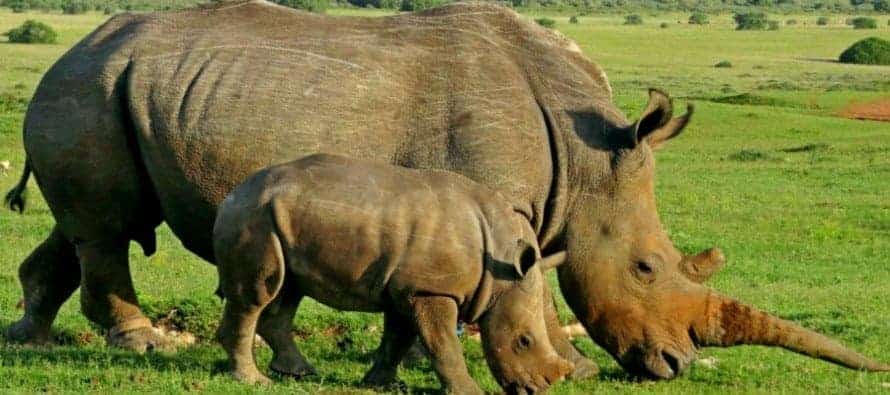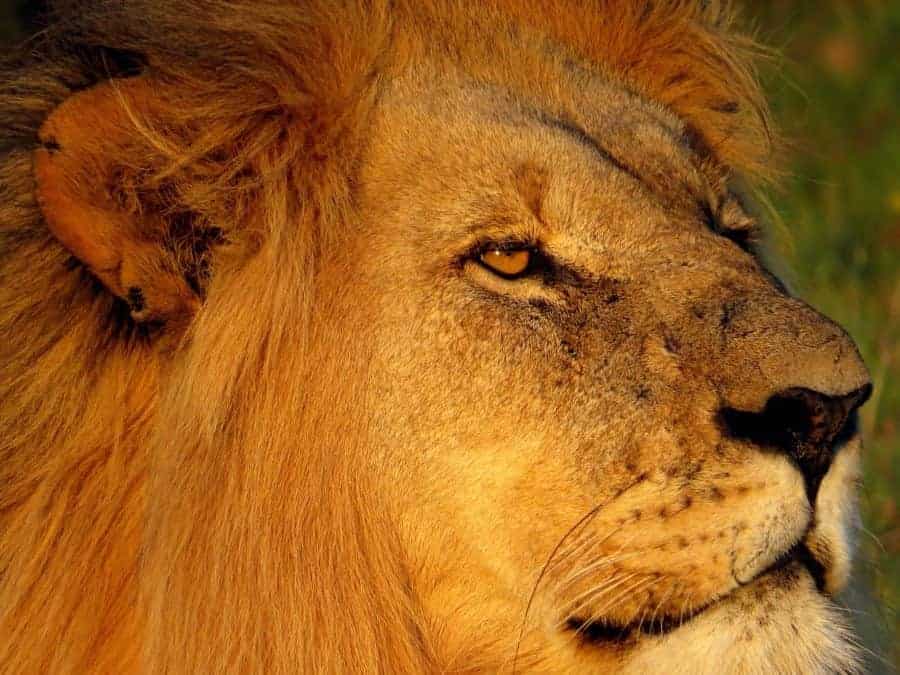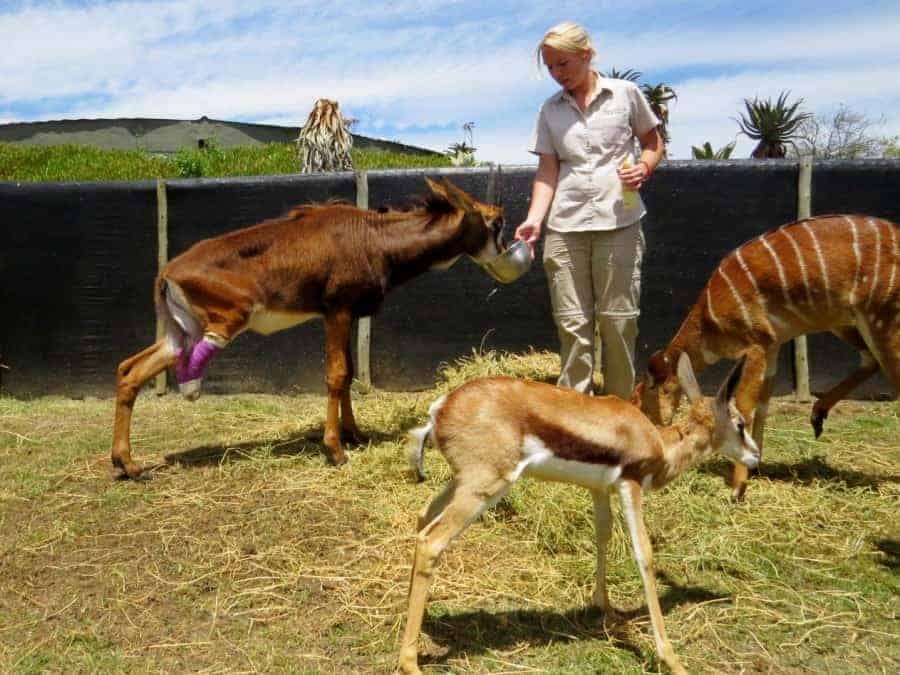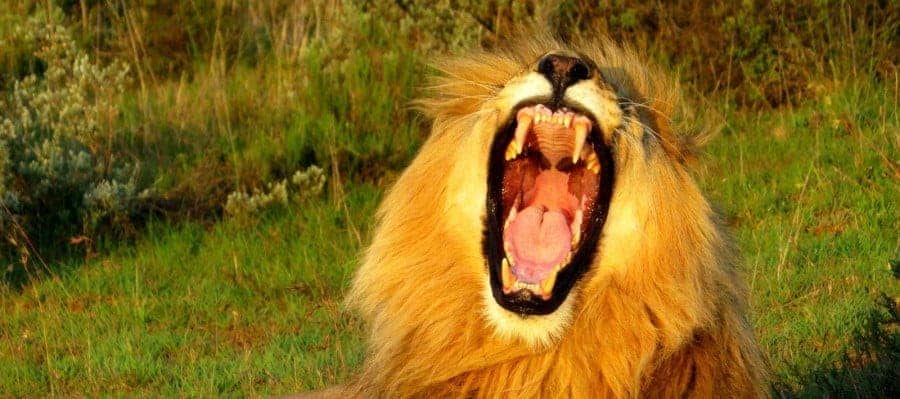Like rolling thunder, the distinctive rumble of a lion reverberates across the plains of Shamwari game reserve.
As if playing a game of Marco Polo, we head in the direction of this unmistakeable sound that is synonymous with the African bush, and are quickly rewarded with the sight of a majestic male lion striding into the sunset.
For the next half an hour, those of us on the early evening game drive remain transfixed by this powerful predator, having just moments earlier sat in similarly hushed silence as a hulking rhino and her calf strolled by just metres from our vehicle.
It marks an unforgettable way to start our stay at Shamwari, a world-renowned big five game reserve in the Eastern Cape, 45 minutes from Port Elizabeth.
Once the site of former farm lands, the area has been transformed into an abundant wildlife reserve, which stretches 25 000 hectares across diverse landscape that is unique to the Eastern Cape.
The meandering Bushman’s River snakes its way across the reserve, which has been transformed from a previously desolate area into a richly diverse wilderness area that includes five of South Africa’s seven eco-systems.

For many, Shamwari’s leading conservation efforts undoubtedly add to the reserve’s appeal, and it is these initiatives that piqued my interest during the course of a memorable two-night stay.
In September, Shamwari was named ‘Africa’s Leading Conservation Company’ at the 21st annual World Travel Awards Africa gala ceremony — an award they have won on several occasions before.
It’s testimony to Shamwari’s multifaceted conservation initiatives, which include an animal rehabilitation centre, a rhino awareness centre, a 3500 hectare breeding area, and various educational and interactive programmes.
Shamwari is also home to two sanctuaries of the Born Free Foundation, which was co-founded by actress and conservationist Virginia McKenna, and serves to rehabilitate lions and leopards that have been rescued from poor living conditions in circuses or zoos from around the world.

Upon our visit to the sanctuary, we found a compelling story behind every animal, with these big cats having been relocated into spacious bush enclosures where they are closely monitored and cared for, while being allowed to become re-accustomed to a natural way of life devoid of any human contact.
I was particularly fascinated by the story of ‘Brutus’, a male lion that was confiscated from a run-down circus in France, where he was living in a cage space of less than two metres. Brutus has been at Shamwari since 2008, and the sight of this regal creature revelling in his new-found freedom was something special to behold.
Apart from guided game walks, game drives and photo safaris, there is also the opportunity to visit Shamwari’s on-site “animal hospital”, where a full-time vet provides care for young, abandoned, orphaned or injured animals.
All manner of animals have been rehabilitated at this centre, and there are a host of fascinating cases, such as we encountered when we spent time observing and feeding an injured antelope that had been fitted with a prosthetic leg.

And while Shamwari has established itself as one of the world’s leading conservation companies, it’s clear that they pride themselves just as much on the guest experience.
The cuisine is impeccable, while there are five world-class lodges, one villa and one explorer camp spread out across the reserve, with each offering its own unique draw card.
While we stayed at the spacious Long Lee Manor, we also enjoyed a lunch at Bayethe Tented Camp, where an indignant hippo kept us entertained throughout the meal as it snorted and cavorted in a nearby dam, which is overlooked by the dining area.
Shamwari’s primary philosophy is to “conserve a vanishing way of life”, and in this regard, a campaign of education, conservation and awareness for the plight of rhinos has been actively embraced.
In conjunction with the Wilderness Foundation, the Dr Ian Player Rhino Awareness centre was created to highlight the devastating effect of rhino poaching in South Africa and Africa, while over R8 million has been raised to help save and protect the species.
At the time of our visit, the number of rhinos poached in South Africa this year had already risen above 1000, and it was clear to see just how passionate the Shamwari Wildlife team were about playing their part in the rhino protection initiative.
It brought into focus the privilege of being able to view these magnificent animals in such close proximity during our time at Shamwari, with our affable field ranger, Abel, very rarely failing to deliver on his catch-phrase of “let’s go have some fun”.
And with its ongoing interactive and awareness initiatives, one couldn’t help but get the sense that Shamwari really is contributing to conserving a vanishing way of life.
Words by Craig Lewis; Photos courtesy of Shamwari












